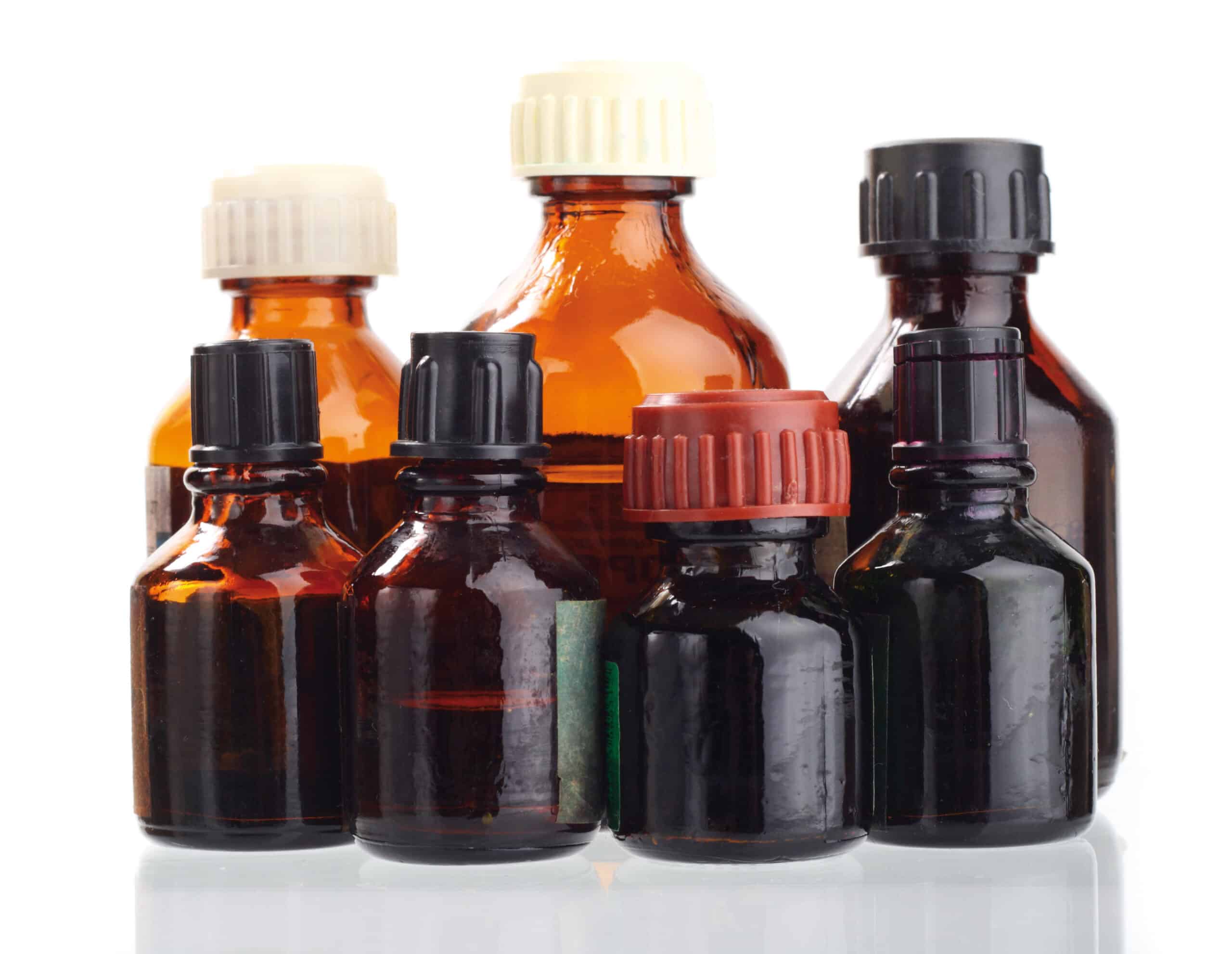20 asymptomatic or pre-symptomatic COVID-19 patients from a Malaysian university hospital were randomly allocated into four groups:
Group A gargled with 10 milliliters of 1% povidone-iodine for 30 seconds, three times per day.
Group B did the same with 20 milliliters of Listerine.
Group C did the same thing, with 100 milliliters of tap water.
Group D acted as untreated controls.
On day 4, 100% of those in the povidone-iodine group had cleared the virus. By contrast, 80% of those in the Listerine group, 40% of those in the tap water group, and 20% of those in the control group had cleared the virus.
On May 26, another study was released, providing the first direct evidence that povidone-iodine, a widely used antiseptic, is capable of killing SARS-CoV-2, the coronavirus that causes COVID-19. As little as 0.5% povidone-iodine completely inactivated the virus in 60 seconds, comparable to 70% alcohol. Greater concentrations were equally effective but provided no additional benefit.
This second was an in vitro study, testing the ability to inactivate the virus when infecting isolated cells from the kidneys of African green monkeys. Povidone-iodine is traditionally used topically. This study does not provide any basis to suggest it should be swallowed orally, which might cause diarrhea or worse in large amounts because Povidone-iodine is not for oral consumption, but Lugols and Nascent Iodine are.
This suggests that 0.5% povidone-iodine solutions (which can be made by diluting 10% solutions) can be used inside the nose with a sterile swab, nasal irrigation system, or nasal spray that they can be swished in the mouth for 60 seconds to kill the virus.
Seventeen clinical isolates of Mycobacterium tuberculosis were tested. Povidone-iodine (PVP-I) at a concentration of 0.2% killed 99.9% or more of all strains tested within 30 seconds. All of the strains tested with PVP-I were killed almost entirely within 60 seconds. There was no difference in bactericidal activities of PVP-I between standard strain H37Rv and MDR-TB. It was concluded that the commercially available PVP-I product is a useful antiseptic against MDR-TB similar to other M. tuberculosis.
Iodine kills 90 percent of bacteria on the skin within 90 seconds; however, its use as an antibiotic has been ignored. Iodine exhibits activity against bacteria, molds, yeasts, protozoa, and many viruses; indeed, of all antiseptic preparations suitable for direct use on humans and animals and upon tissues, only iodine is capable of killing all classes of pathogens: gram-positive and gram-negative bacteria, mycobacteria, yeasts, and protozoa. Most bacteria are killed within 15 to 30 seconds of contact.
Iodine is a mineral; human life cannot exist without it. Minerals are the building blocks of our bodies. They are required for body structure, fluid balance, protein structures, and hormone production. Minerals are key to the health of every body system and function. They act as co-factors, catalysts, or inhibitors of all enzymes in the body. Iodine is the mineral most important to our immune system, which cannot work without it. Iodine is also incredibly crucial for people who want to avoid thyroid, breast, ovarian, and prostate cancer.
Iodine supports our immune systems in fending off invaders while it improves our immunity, so we are less susceptible to symptoms and illness. Someone who is iodine sufficient has a lower chance of catching MRSA in a hospital because superbugs like this will not thrive in a body with enough iodine. Similarly, the virus responsible for Hashimoto’s thyroiditis—the Epstein-Barr virus (EBV) and all other viruses do not like iodine because it gets in the way of their advancement.
In the early 1900s, the Encyclopedia Britannica described iodine as being “of definite value” for treatment of multiple conditions including “metallic poisonings, as by lead and mercury, asthma, aneurism, arteriosclerosis, angina pectoris, gout, goiter, syphilis, hemophilia, Bright’s disease (nephritis) and bronchitis” with “usual doses” of iodide salts ranging from “five to thirty grains or more” (324mg to 1,944mg), though this is hundred of times higher than what is considered generally safe per today’s tolerable UL.[1]
Dr. Gabriel Cousens states, “Historically, as early as 1911, people normally took between 300,000-900,000 micrograms daily without incident,” translating into between 300 and 900 milligrams. Most people today, even if they are fighting cancer, only have the courage to use between 50 to 100 milligrams. Still, if you are fighting a life-threatening infection, we should remember medical history and how iodine has been used in the past. When we read that 30 to 60 times, these amounts have been used; one should consider using a gram (1,000 milligrams) or even more when it is either that or death.
Conclusion
Iodine was known by many medical doctors in the 19th century as an empirical remedy, a real “heroic remedy” —-a real present from the science of medicine to humanity. Nobel Laureate Albert Szent Györgyi, the physician who discovered Vitamin C in 1928, commented: “When I was a medical student, iodine in the form of universal medicine. Nobody knew what it did, but it did something and did something good.”
Dr. Cousens concludes, “In 1950 the Japanese had 100 times more iodine in their diet than Americans. In 2001 they had 202 times more iodine than Americans and were using up to 13.8 milligrams daily instead of the average U.S. intake of 425 micrograms. Unfortunately, there has been no real study, ever, about what is the optimal safe dosage of iodine. But, again, no one has ever died from iodine overdose or allergic reactions.”




